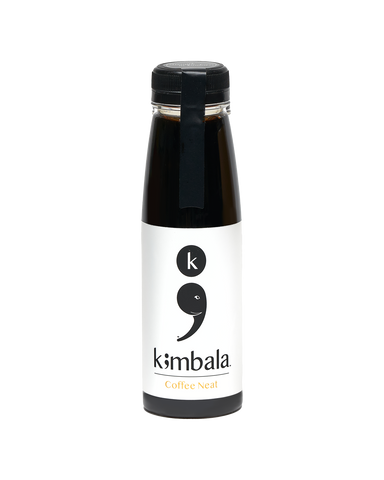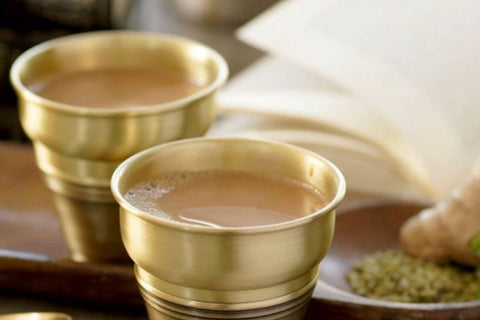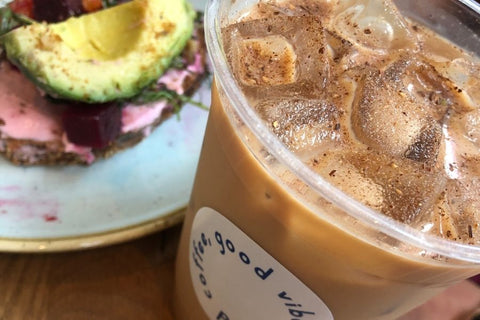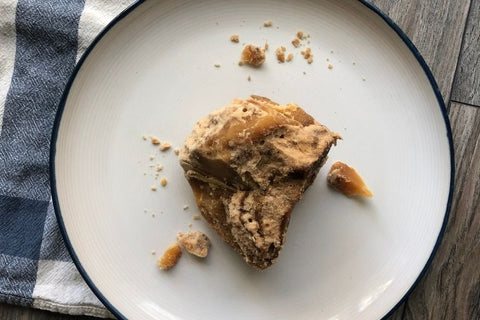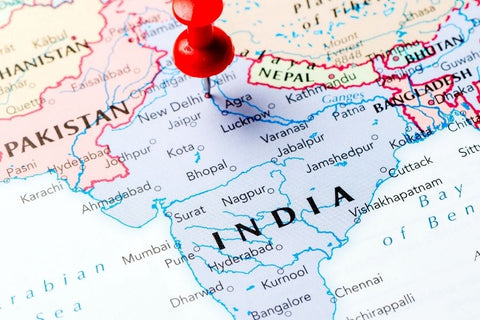Tags:
chai
chai 101
The origins of chai are steeped in legend and some accounts of its roots are contradictory. The earliest chai did not contain any tea leaves and recipes would differ based on the change in season and available ingredients.
Looking to Indian folklore, a spiced beverage was concocted by a king in the royal court of India. This king wanted to create a drink with healing, Ayurvedic (a very traditional form of Hindu medicine) properties and gathered ingredients based on their known benefits. The result was a water based elixir that combined cardamom, cinnamon, black pepper, ginger, and cloves.
As far as how/when tea was added to this spiced elixir to create the first chai without milk, here are a couple of the most known tales according to The Better India:
Story #1 - Chai was developed by mistake when a Buddhist monk was on his way to China and observed the local ritual of chewing on wild leaves. He decided to try it himself and afterward, felt rejuvenated, thus deciding to bring it back to India with him.
Story #2 - A king in ancient India developed chai to remain alert during long court hours. Some also believe Emperor Ashoka also had made it a part of his various peace treaties and court culture, a habit that eventually made its way to the common people.
No matter which tale is correct, we know for certain the British discovered Camellia sinensis, (the tea shrub that yields black tea) in the Assam region of India in 1823. Tea had been being produced and consumed in the Assam region since at least the 12th century. The people of that region used tea for medicinal purposes as well as drank tea after meals to aid in digestion. The people of Assam who, to this day, process camellia sinensis (also known as camellia assamica) using the same age-old method, were the ones to introduce it to the British. In turn, the British established tea plantations and facilitated the extensive growth of tea production that continues to be what it is today. This allowed them to cease use of tea from China, saving money on importing and instead creating a thriving industry that exists to this day.
Tea historians believe the first iteration of chai with milk was created by traders and travelers, most likely from the Bengal, Maharashtra and Gujarat regions, where they had access to good quality milk. Since cross-country trade was also growing, a milky and sweet chai became the go-to drink, especially for local office workers and tradesmen to sustain a long day. Before long, masala chai (balanced blend of spices, milk, tea, sugar) was born and generally served with a sweet or savory toast, blending Indian and British tradition.
When the CTC (cut, tear, curl) method of making tea was created, tea became much more affordable, allowing the masses to purchase tea and brew their own chai much more regularly. The success of chai in India progressed over time.
Different regions and communities in India developed their own versions of chai, adapted to their own tastes, resulting in many different ways to brew and enjoy this beloved beverage. Discover more about chai, its must-have components, and more in Kimbala's Comprehensive Guide to Chai. There also, you will learn why the American made "chai tea" phrase is incorrect!

